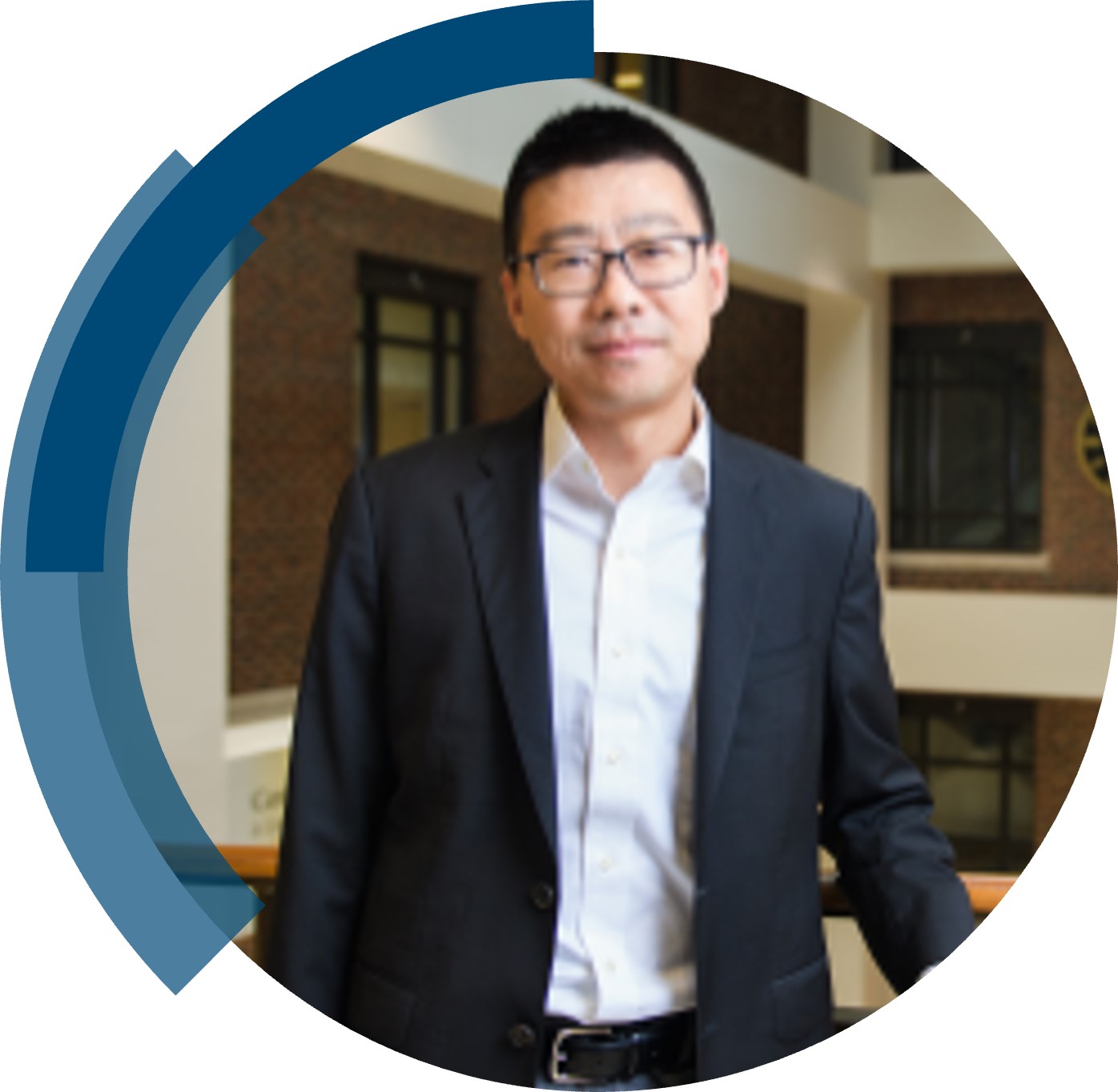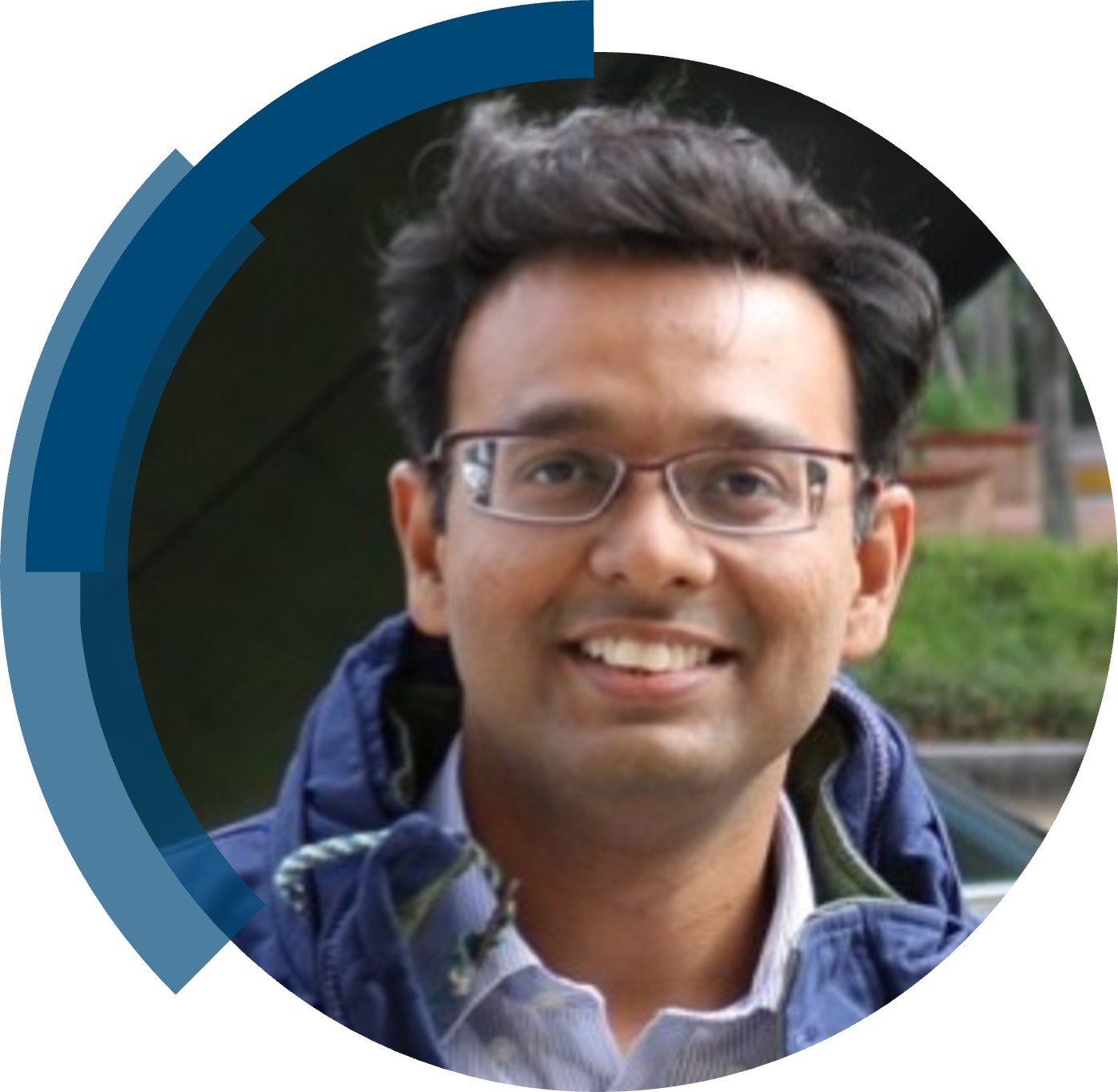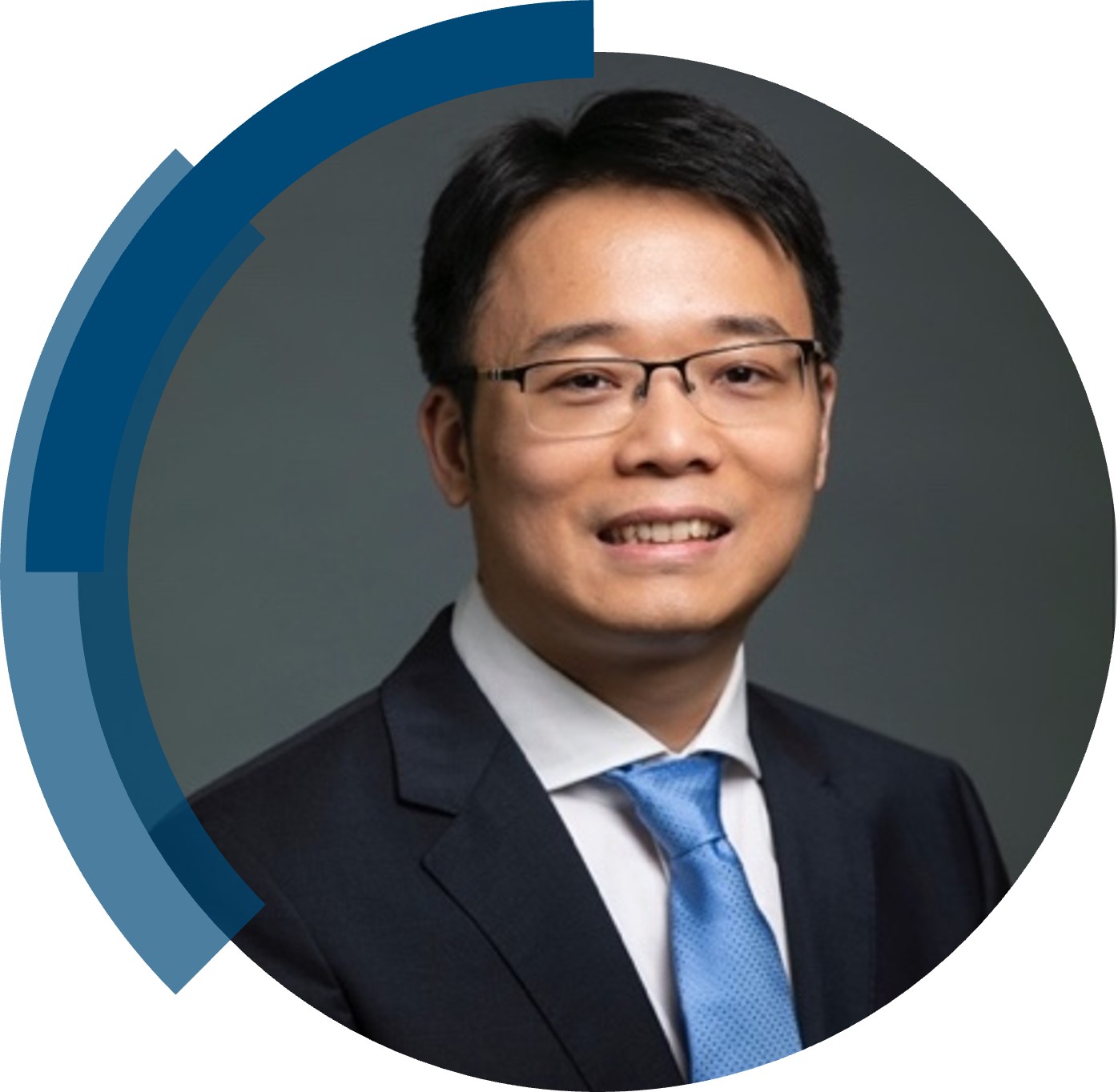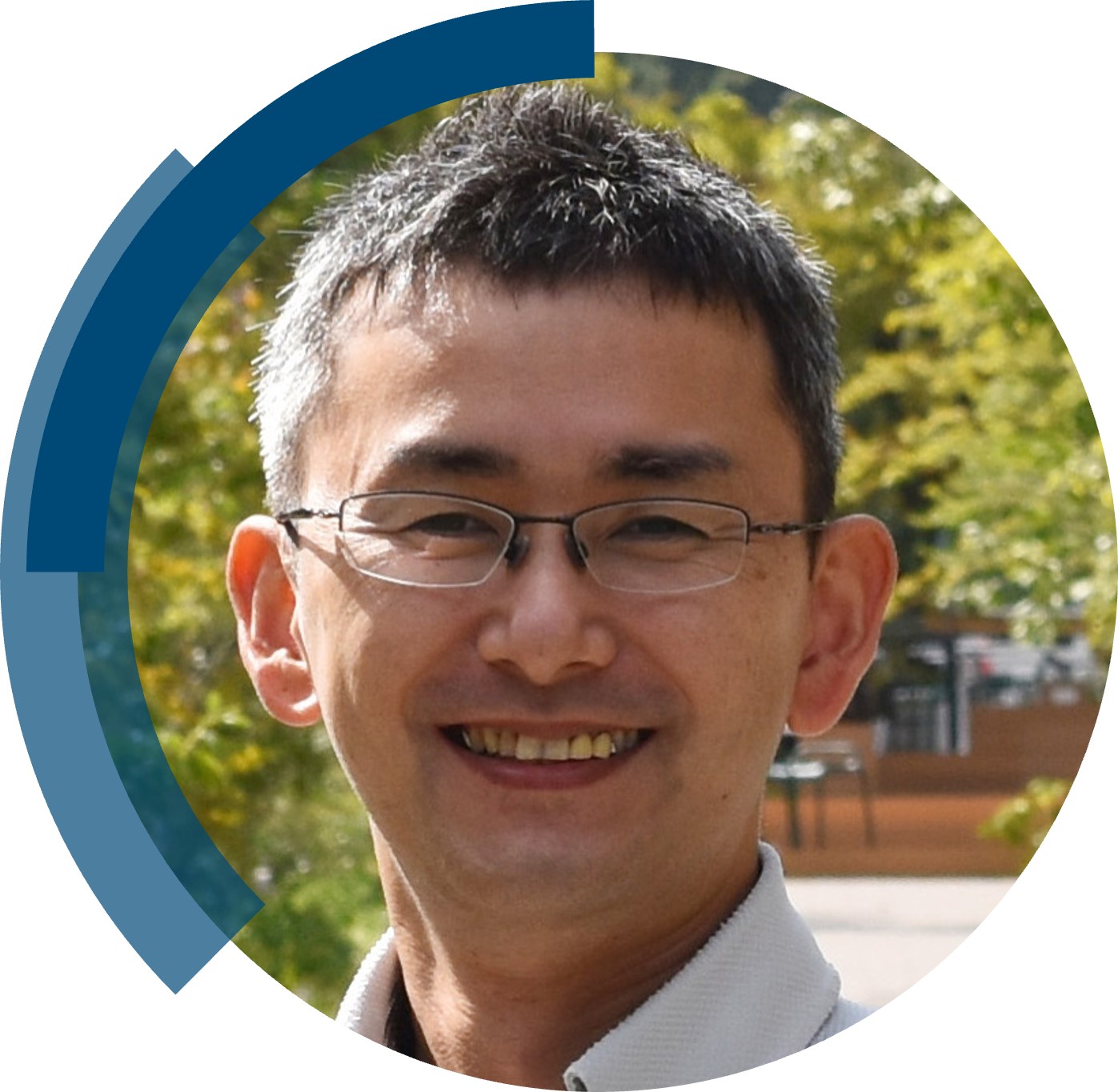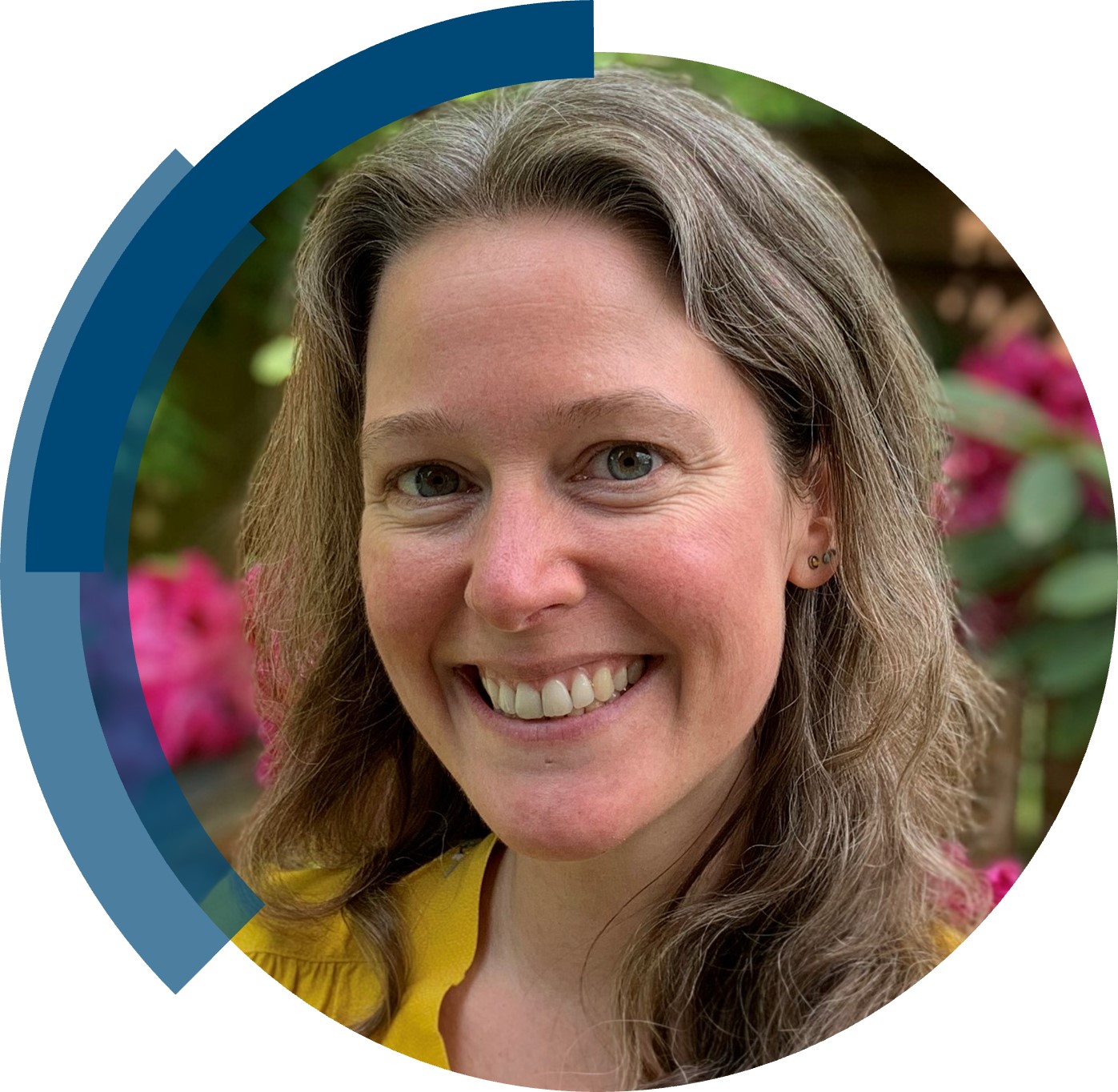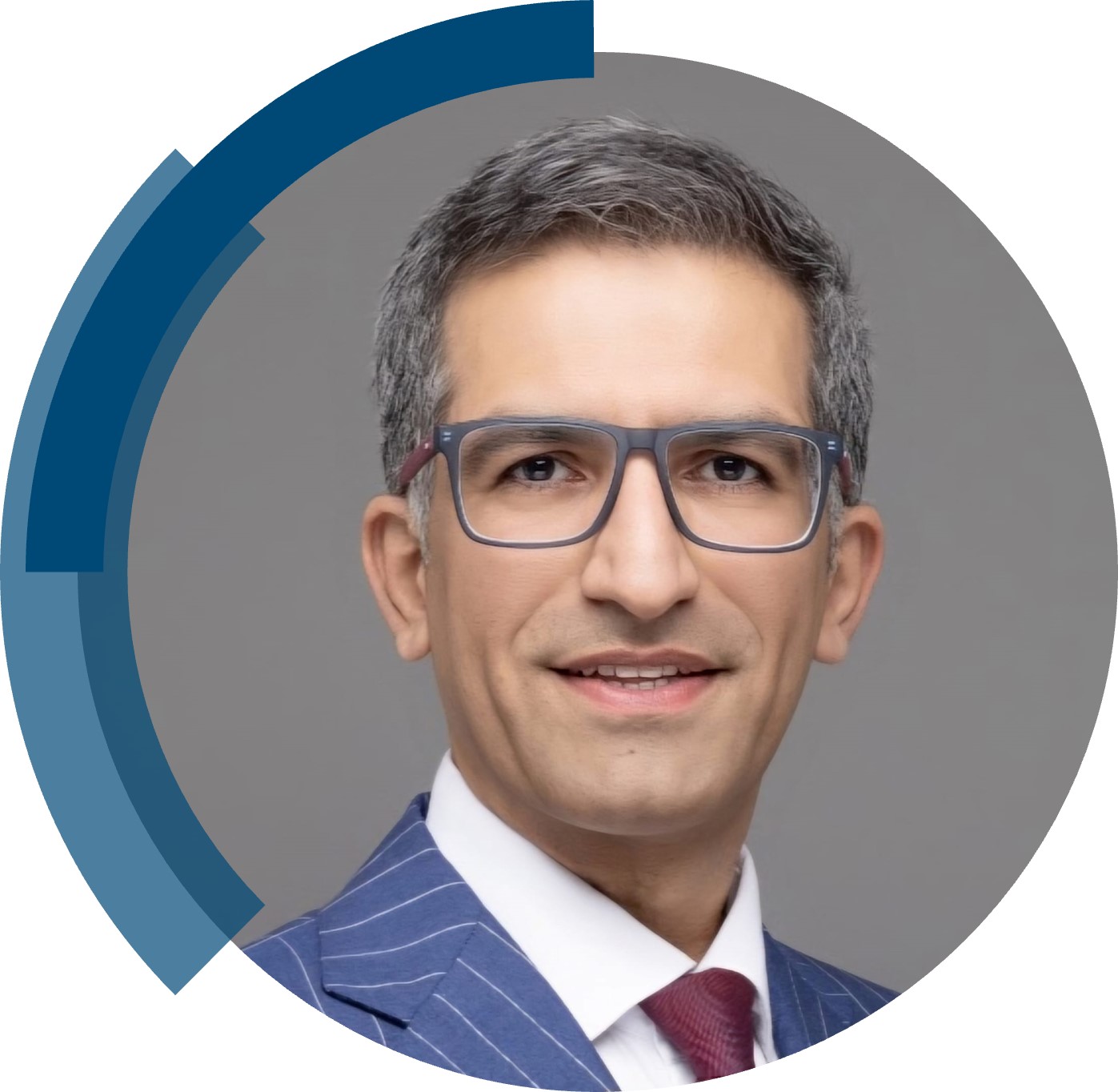ChemComm is publishing its 60th volume in 2024. Over the past 60 years, ChemComm has been the RSC’s most cited journal, and one of the most trusted venues for rapid publication of short communications. In our anniversary year, we recognise the important contributions ChemComm has made, and continues to make, in advancing the chemical sciences.
As part of our anniversary celebrations, we’ve brought together a collection featuring the latest research from some of our most loyal and dedicated authors. From those marking the beginning of their independent academic career by publishing their first article with us, to the rising stars and established leaders publishing in our yearly ‘Emerging Investigators’ and ‘Pioneering Investigators’ collections, this collection champions the contributions of our worldwide author community. We are proud many authors choose to support our journal by regularly publishing their best work with us. This collection also features papers from our ChemComm Emerging Investigator Lectureship winners, and our Outstanding Reviewer awardees, whose invaluable feedback has shaped our published content through the years.
To accompany the collection, we’ll be publishing interviews with contributing authors where they provide further insight into their research and reflect on their journey with ChemComm.
Check out our interview with Professor Letian Dou (Purdue University, USA) below!
How have you seen ChemComm evolve over the years, and what aspects do you find most noteworthy?
I became a routine ChemComm reader since I was a college student at Peking University. The journal has a long history, one of the longest in the chemical research field. Impressively, it maintains its core value and high standard over many decades. It made every steady step without trying to blindly chase the hot topics to enhance its apparent impact factor. I really appreciate its consistency and the scientific taste on the diverse topics in chemistry.
What is your favourite thing about ChemComm?
I think the scientific value and the efficient publishing process are the things I favor most about ChemComm. It published a lot of solid good papers in the past and still keep its own scientific taste in the field of chemistry. It’s also very efficient for the editors to process the papers, and we can always trust that our research work will not be delayed due to the long-processing time.
How would you describe the peer review process and interaction with the editorial team at ChemComm?
It is very fast on processing the submission and publication. I think it may be one of the most efficient journal in our field. As the author, we don’t need to wait for the long-time reviewing process, which guarantee that the scientific results are still fresh and new. In addition, the editor is very fair on making the decisions, which I think is quite critical in keeping on publishing important scientific findings.
Are there ways in which the journal can further support and engage with future generations of scientists?
I think the journal can invite more of the early career researchers to act as youth editorial board member, so that they can bring together new minds to advance the field for the next generation, and can also encourage young researchers to participate in all steps of journal publishing. The other way for ChemComm to interact more with future generations of scientists is to invite more of the outstanding young researchers to publish articles in the journal. It not only provides opportunities for the young researchers, but also build strong connections at the early stage of their careers.
Could you provide a brief summary of your recent ChemComm publication?
Our recent publication in ChemComm is a featured review article. It summarizes the recent advances about 2D/3D perovskite heterostructures, from the perspectives of structural characteristics and the optoelectronic properties. We focused on discussing the roles of organic ligands in the construction of 2D perovskite and 2D/3D heterostructures, and how does it influence the application in solar cells, LEDs, and photodetectors. More importantly, we also discussed about the current challenges in the field, and provided future perspectives for the development of 2D/3D heterostructures.
In your opinion, what are the next steps or potential areas of research that could build upon the findings in this paper?
We provided several potential research directions for the future development of this field in the article. One area is the exploration of organic semiconducting ligands in 2D/3D heterostructures. The organic semiconducting ligands can provide various tunability of the structural and optoelectronic properties of 2D perovskite, and thus allow the 2D/3D heterostructures to be designed suitable for different applications, but currently it is still underdeveloped. The other pivotal area is investigating the stability of 2D/3D heterostructures. In the review paper, we discussed about the controversial stability problem of the 2D/3D heterostructure. There’s an urgent need to systematically understand the effect of 2D/3D perovskite heterostructure on the operational stability if solar cell devices, and develop proper ligands to further improve the device stability. We hope in the future, either our group or other research scientists could focus on and solve these issues.
Be sure to read Letian’s open access Feature Article, “Advances and challenges in molecular engineering of 2D/3D perovskite heterostructures” to learn more!



